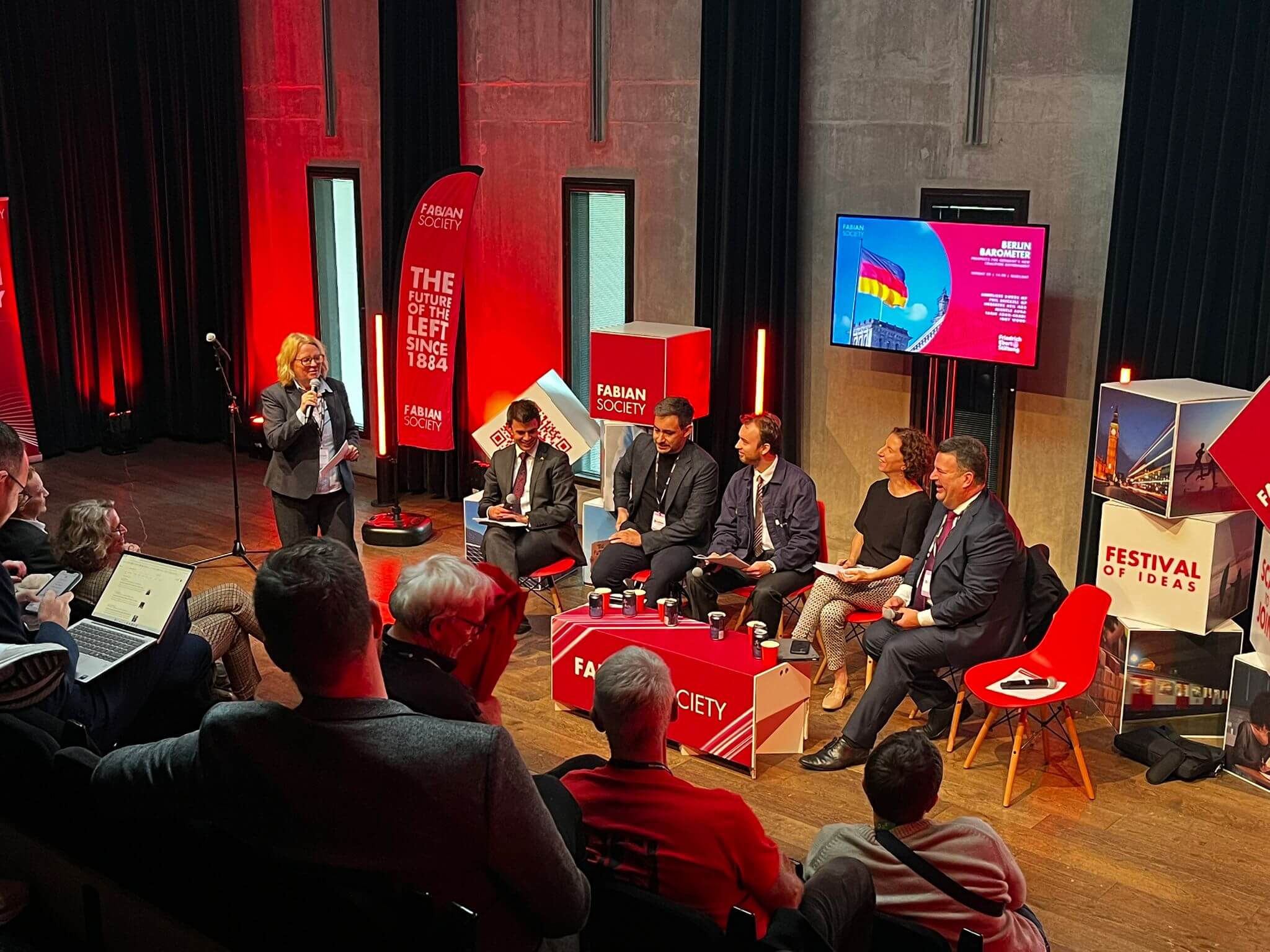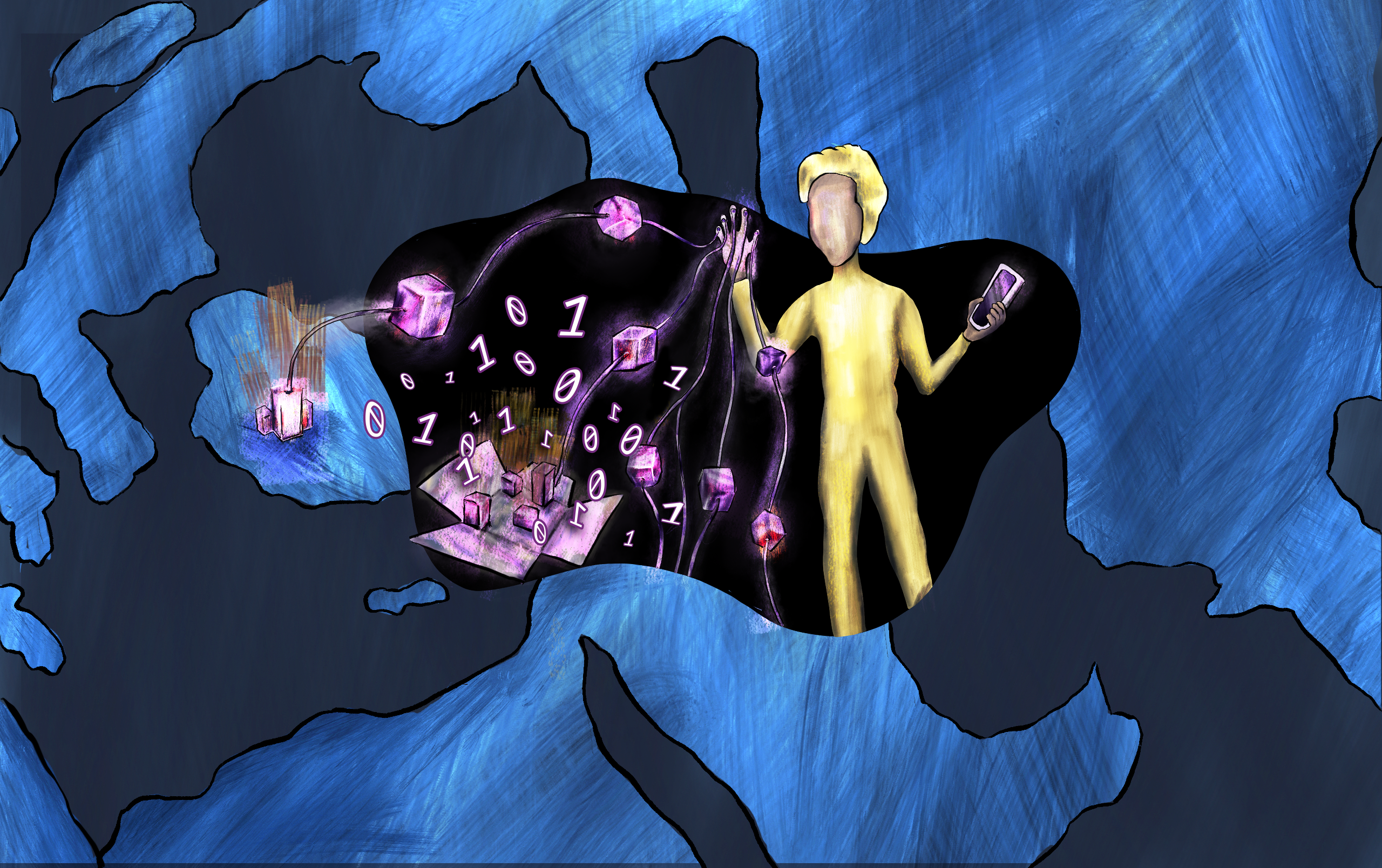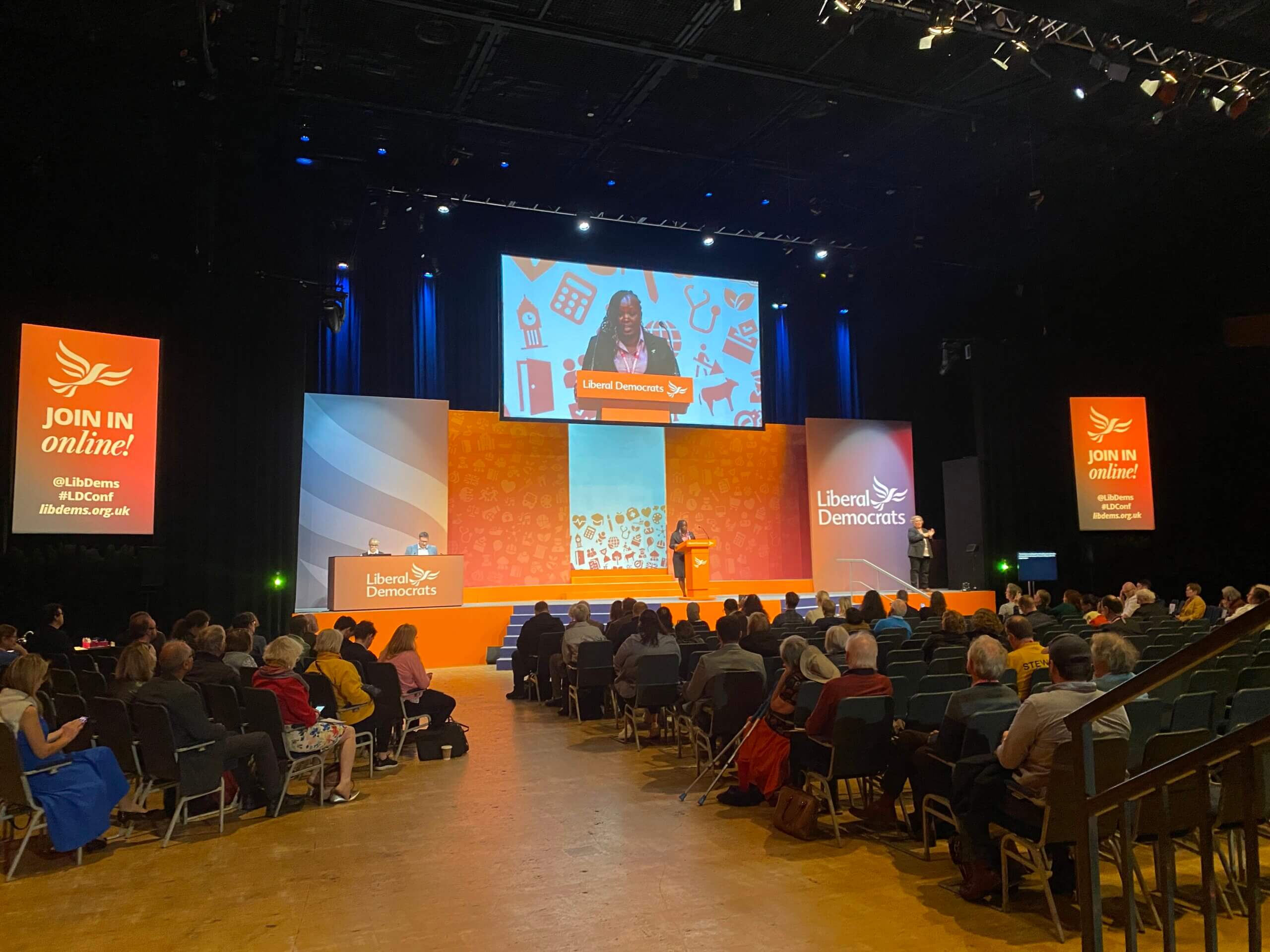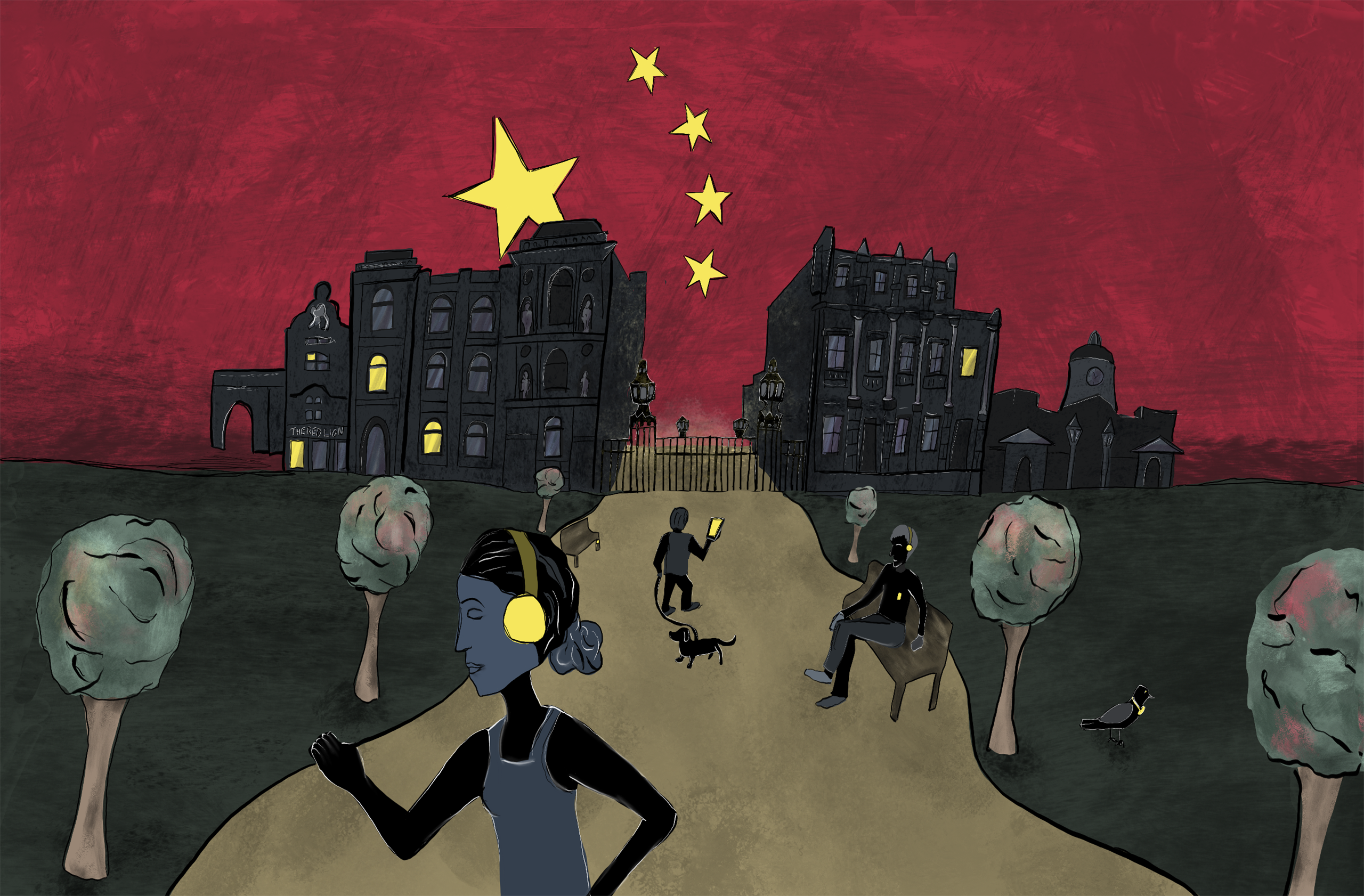Rethink social media to reach young voters
In an age where news often comes from scrolling rather than searching, UK political parties are increasingly finding themselves in unfamiliar territory: competing not just with each other, but with online trends, viral memes and content creators to grab the attention of younger voters.
With around 5.78 million 18-24 year olds eligible to vote in the UK, this group represents a powerful electoral force. Yet turnout remains low – at just 47% in the 2019 general election. Why is this? Many young people say the news simply doesn’t speak their language, nor do they know enough about it.
The UK Government says that less than a third of young people believe they know a lot about what the UK Government does and 28% of those who didn’t vote say it was because they didn’t know which candidate to choose. While introducing a larger focus in political education offers a long-term solution to this issue, its implementation demands substantial time and resources. Integrating new curricula into educational systems is a complex process, requiring extensive planning, teacher training, and curriculum development. This contrasts sharply with the immediate and widespread reach of a simple online post from an MP. Such a post could quickly spread vital information, clarify policy positions, and introduce candidates to a broader, younger audience, potentially bridging the information gap more rapidly than large-scale educational reform. The efficiency of digital communication, therefore, presents a compelling alternative for fostering greater political awareness and engagement among young people in the interim.
Where do young voters get their news?
Traditional news brands still see their role as telling the public “what you need to know”. However, young people increasingly define news more broadly: not just what’s important, but what’s interesting, useful, or even entertaining.
According to research from the Social Mobility Foundation, 70% of 18-24 year olds now use social media as their main source of political news. Platforms like TikTok, Instagram, and YouTube are no longer just for entertainment or doomscrolling – they are becoming key spaces for political education, whether politicians are ready or not.
Are politicians the new influencers?
While most UK political parties are already on social media, their reach among young people is modest. No party has more than 415k followers on TikTok – despite a target audience of nearly 6 million young voters.
TikTok bans direct political advertising, so parties must rely on their content alone to reach users. That means their videos need to be genuinely engaging, not just subtitled policy statements. Despite their best efforts, most politicians’ content gets very little engagement – the MPs are either too stiff (just someone talking to camera) or too negative (mocking opponents instead of informing the public).
Why it's not working (yet)
There’s a clear disconnect between what young people want and what parties are posting. Many young voters feel party content is either boring, confusing, or untrustworthy.
Some parties, like Labour, have started using memes and trends, but it often comes off forced or inauthentic. The Green Party often focuses more on attacking opponents rather than offering information. The Conservatives’ TikTok, filled with clips of their politicians’ speeches, seems to misunderstand the tone and expectations of Gen Z audiences entirely. Nigel Farage, the current leader of the Reform party, is plastered across all of the party’s TikTok and despite being more engaging than the Conservative’s repetitive TikToks, Reform also appears to be missing their target audience.
Despite the challenges, a smart digital strategy isn’t just a PR exercise – it’s a democratic necessity. Social media can help parties explain complex policies in bite-sized, understandable ways, combat misinformation quickly and directly, and open up two-way conversations, giving young people a voice in shaping political agendas.
But to work, this communication must be authentic and respectful of young voters’ intelligence. Social media-savvy audiences can spot performative content from a mile away.
Is social media really necessary and worth the risk?
In the 2024 election, the Labour Party secured the majority of votes from young constituents (18-24), despite possessing the fewest followers on TikTok. While this suggests that social media may not be essential for politicians to engage with the younger demographic, the Labour Party does maintain the largest Instagram following among all political parties. This substantial presence on Instagram may have contributed to their 39% share of young voters, who constitute their second-largest demographic by age group. To retain their political control, it is imperative for the Labour Party to expand its presence on TikTok.
A savvier social media presence by politicians could bridge existing information disparities and potentially elevate voter turnout beyond 47%.
At the moment, 59% of 18-24 year olds are not able to identify the political affiliation of their local MP and 79% of this demographic remain uninformed about the key concerns of their elected representatives; improving their use of social media would undoubtedly improve these statistics.
Many schools still fail to teach basic political literacy, leaving millions unprepared to vote with confidence. So if the education system isn’t informing the next generation of voters, who will? Increasingly, that responsibility is falling to the platforms young people already use. That’s why political parties must step up – not as influencers, but as communicators.







